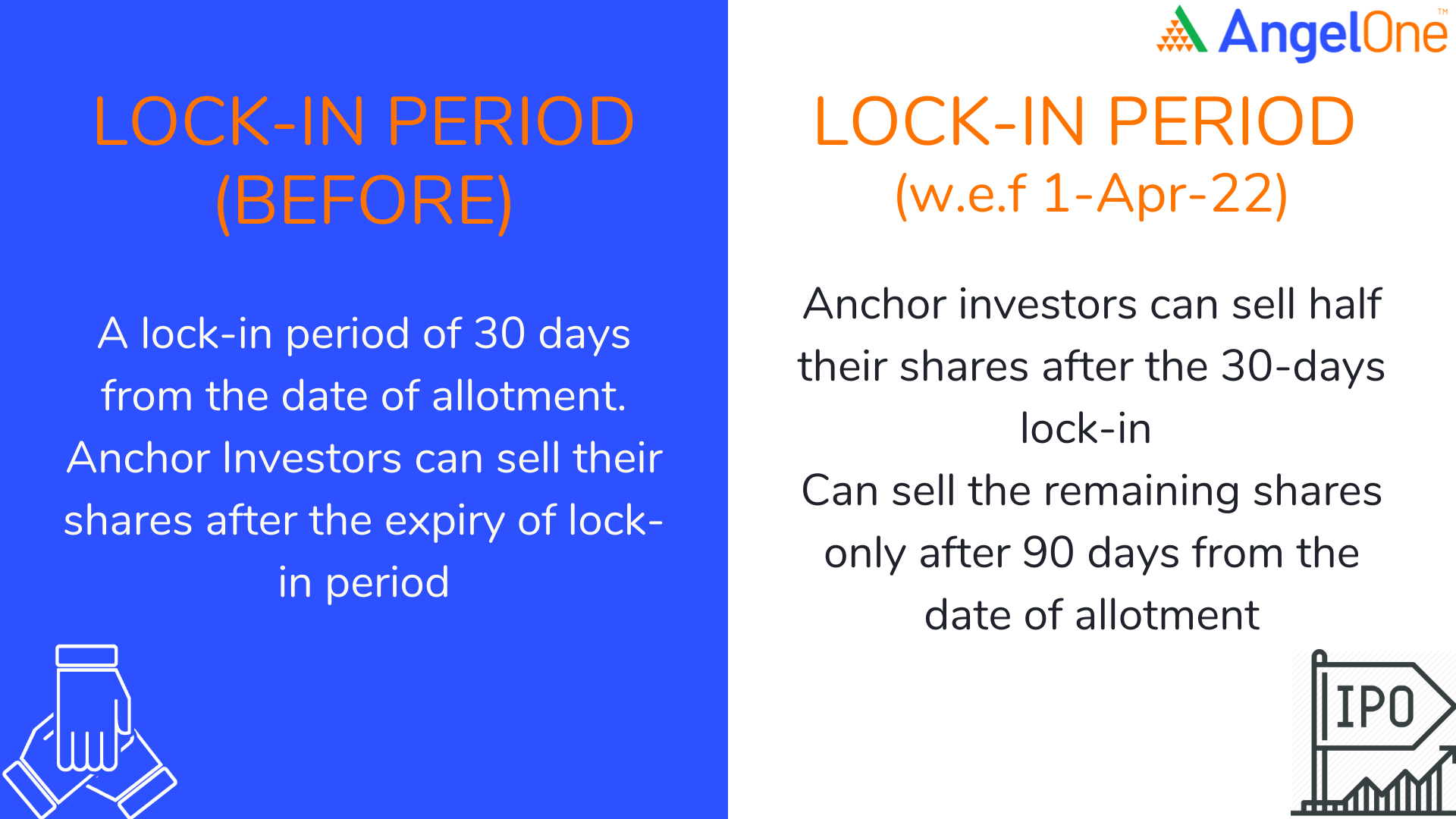The IPO boom of 2021 shed a spotlight on the anchor investors when the share prices of a few of the newly listed companies hit a low after the expiry of the lock-in period for anchor investors. With the new SEBI guidelines for anchor investors from 1-Apr-22, it is time for you to know who are anchor investors? What role do they play in an IPO? What are the new SEBI guidelines for them?
Read along to find the answers to all the questions.
Who are anchor investors?
Anchor investors are the qualified institutional buyers who are offered shares in an IPO just before the IPO opens for the subscription. As the name suggests, they are supposed to ‘anchor’ the issue by agreeing to subscribe to shares at a fixed price to increase retail investors’ confidence in the demand for the shares offered. They act as a bridge between the issuing company and the public.
Things to know about Anchor Investors
- Anchor investors were introduced to financial markets in 2009 by SEBI
- Each anchor investor has to invest a minimum of₹10 crores for the issue.
- Anchor investors are allowed up to 60% of the issues’ portion available for Qualified Institutional Bidders (QIB).
- They have to buy the shares at a price fixed by the company.
- The allotment price for anchor investors will be within the price band.
- If the price fixed during the book-building process is more than the price at which the allocation is done to anchor investors, they need to pay the price difference.
- If the book building price is less than the price at which the allocation is done to anchor investors, they will not get back the price difference.
- The company allots the shares at a fixed price to the anchor investors only a day before the IPO.
- There can be a minimum of 15 anchor investors if the offer is less than ₹250 crores. If the offer size is more than ₹250 crores, the number of anchor investors can be increased to 25.
Lock-in period for Anchor Investors
Anchor investors in India have a lock-in period from the date of IPO allotment during which they can’t sell their shares. The lock-in period for anchor investors is as follows:

source: SEBI
Keeping the shares locked in prevents the volatility in the share prices soon after listing. However, the prices of a few shares witnessed a record low immediately after the expiry of the lock-in period of 30 days in the year 2021 due to the exit of anchor investors, creating a panic among the retail investors. Thus, SEBI introduced a new norm where anchor investors can only sell half of their shares after 30 days and the remaining shares can be sold only after 90 days.
There is no doubt about the role of anchor investors in instilling confidence about an IPO among general investors. But it is also to be borne in mind that all investors have their own rationale, horizon, and expectations from their own investments which hold true for anchor investors as well. Hence as a common investor, you may use the anchor investment only as a guiding star for investment consideration, but the final decision has to be based on your own risk appetite, return expectations, and time frame.
Disclaimer: "This blog is exclusively for educational purposes and does not provide any advice/tips on Investment or recommend buying and selling any stock" and "Angel One Ltd. is just acting as the distributor of the IPO".

